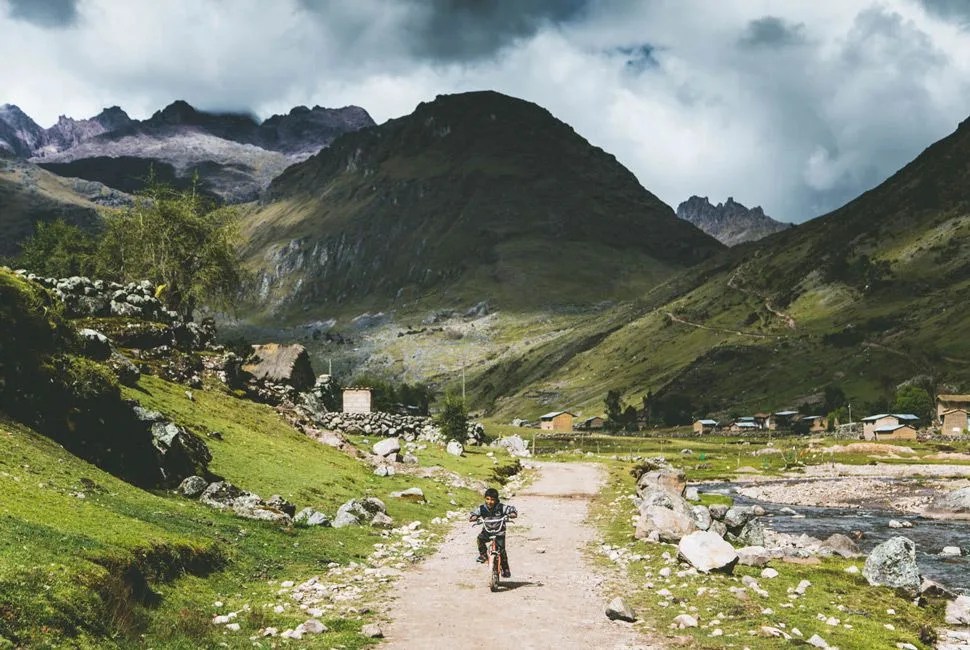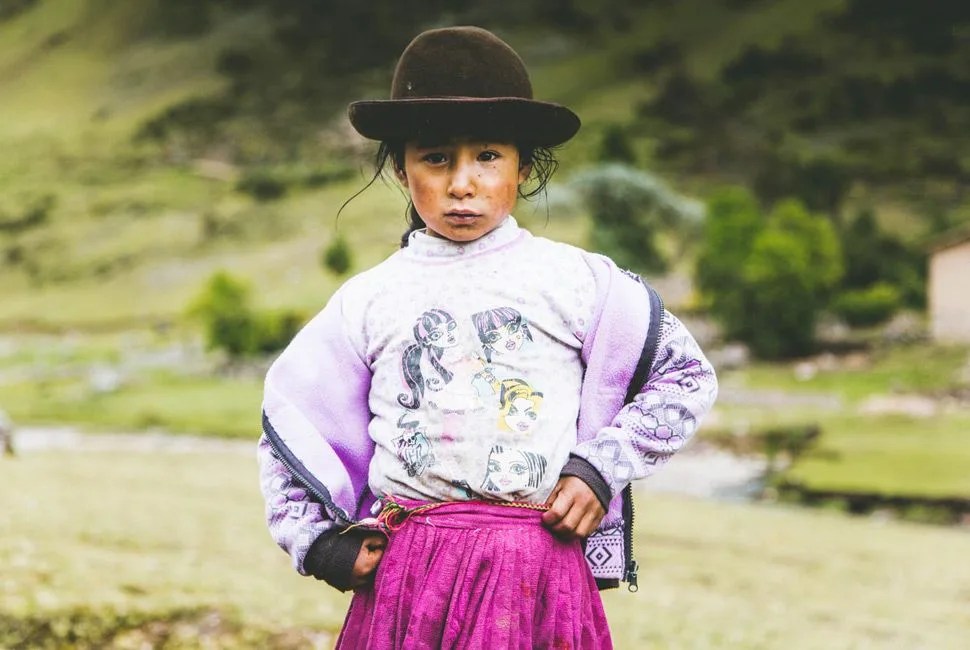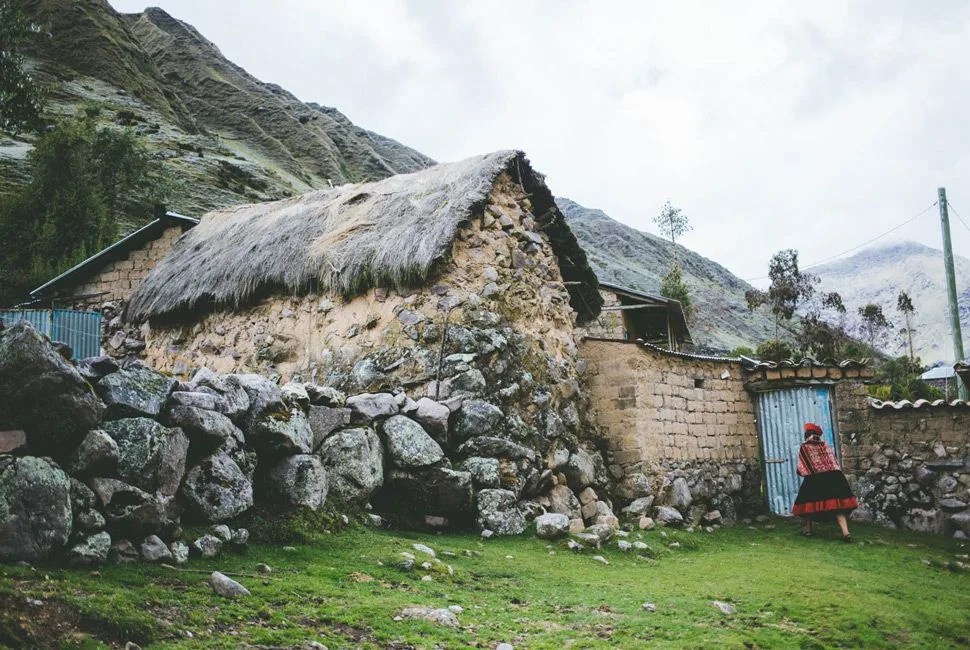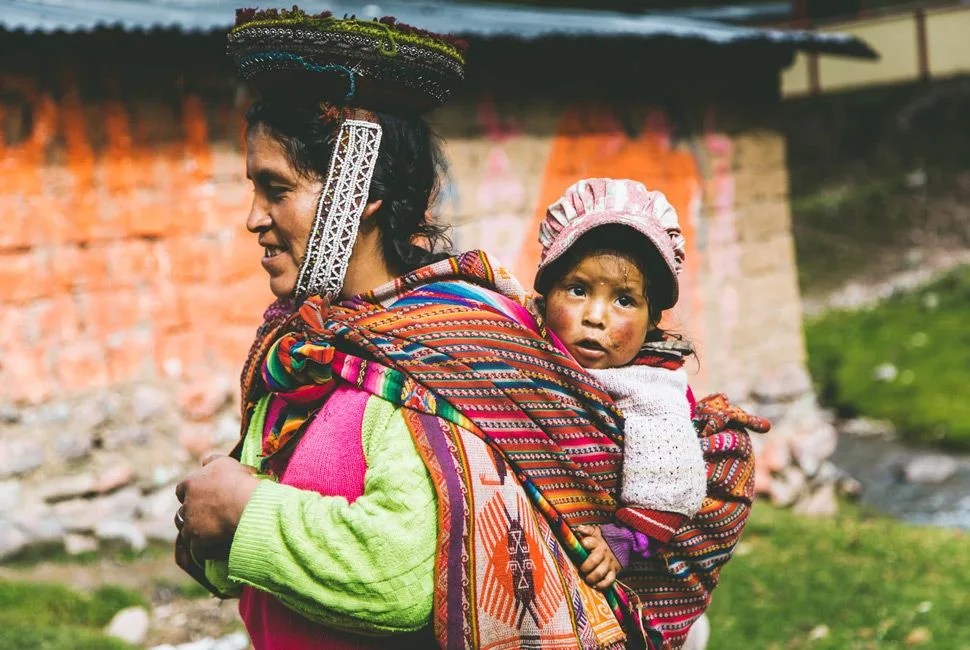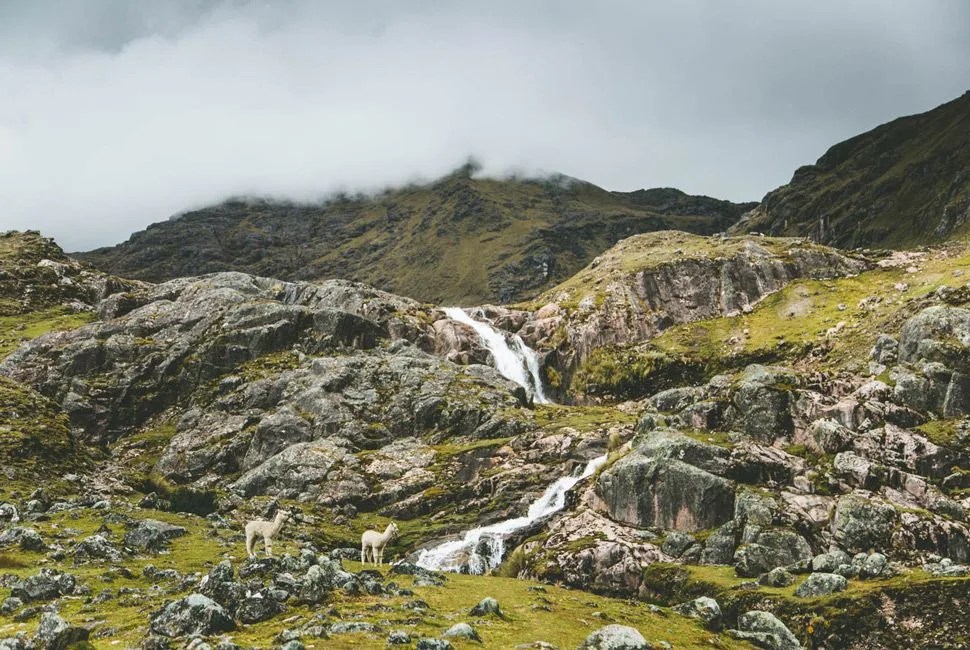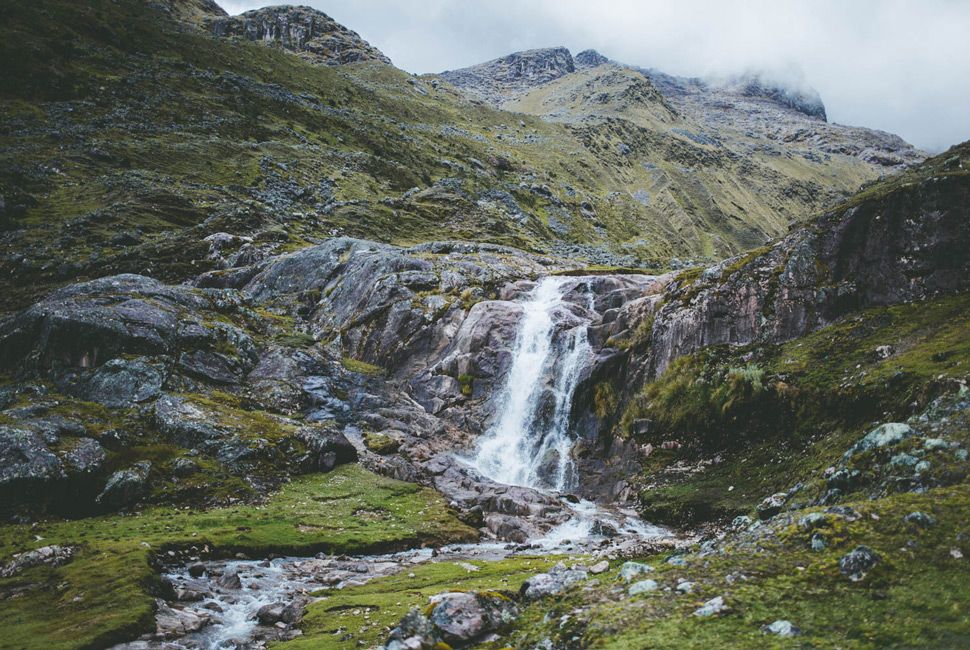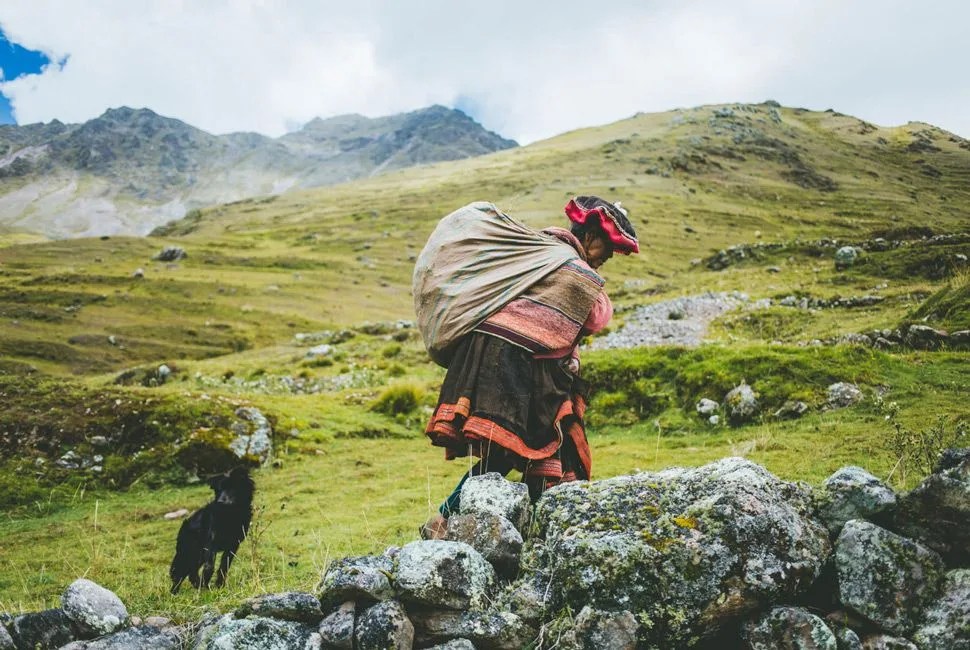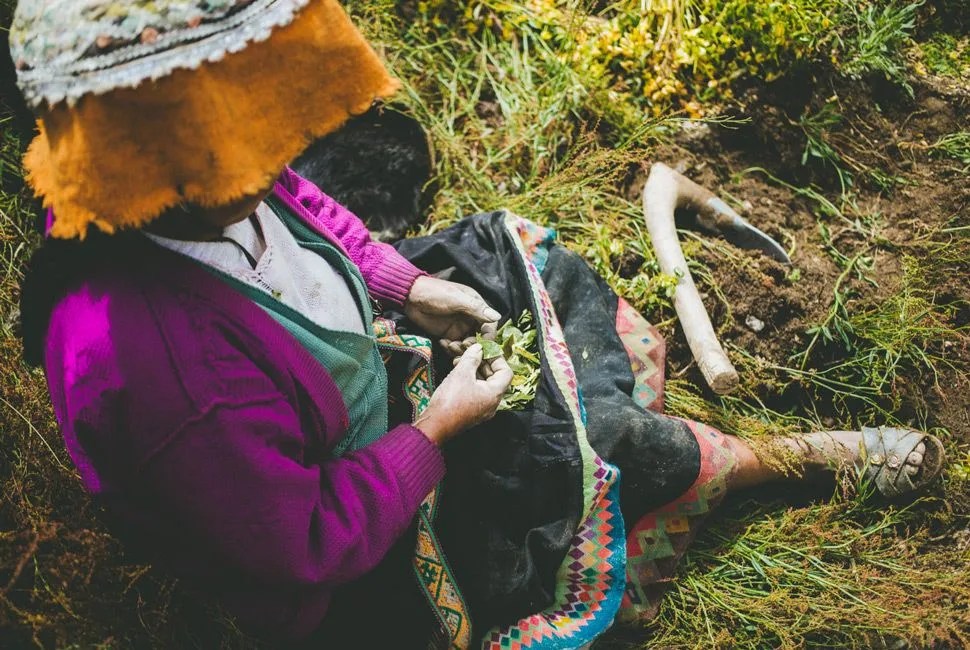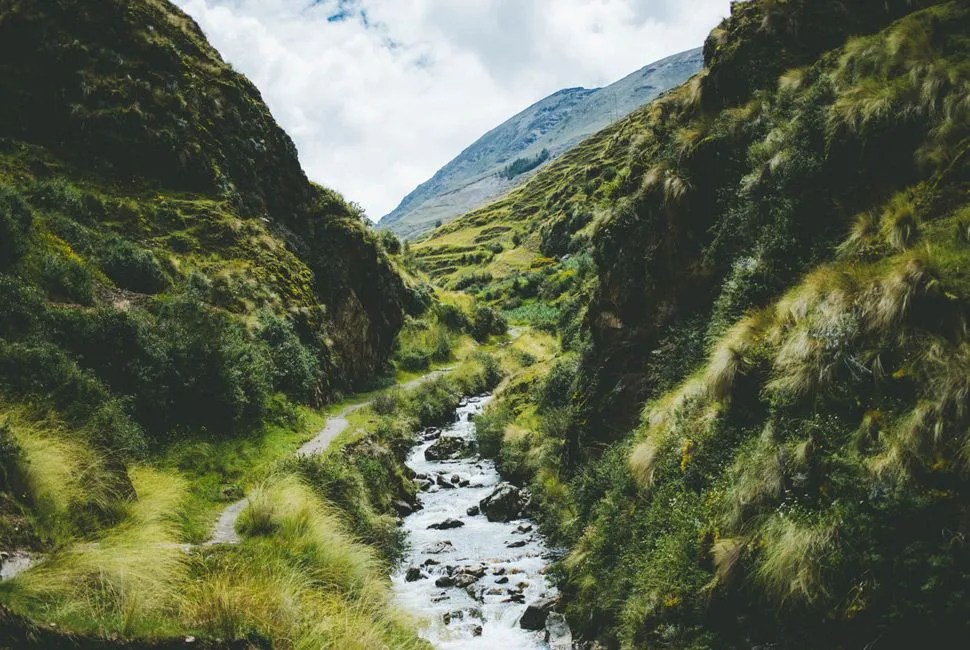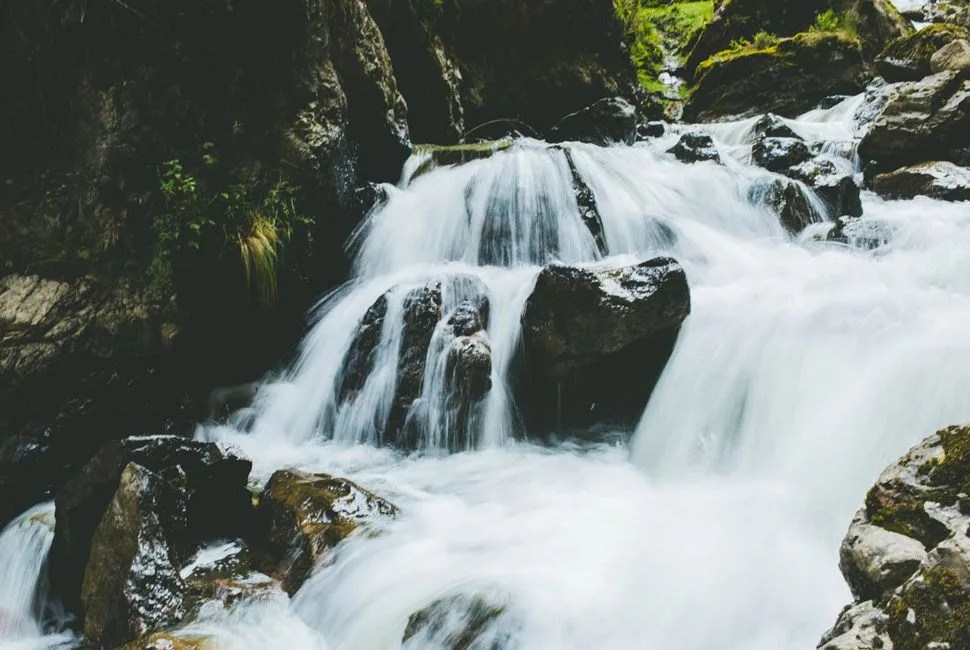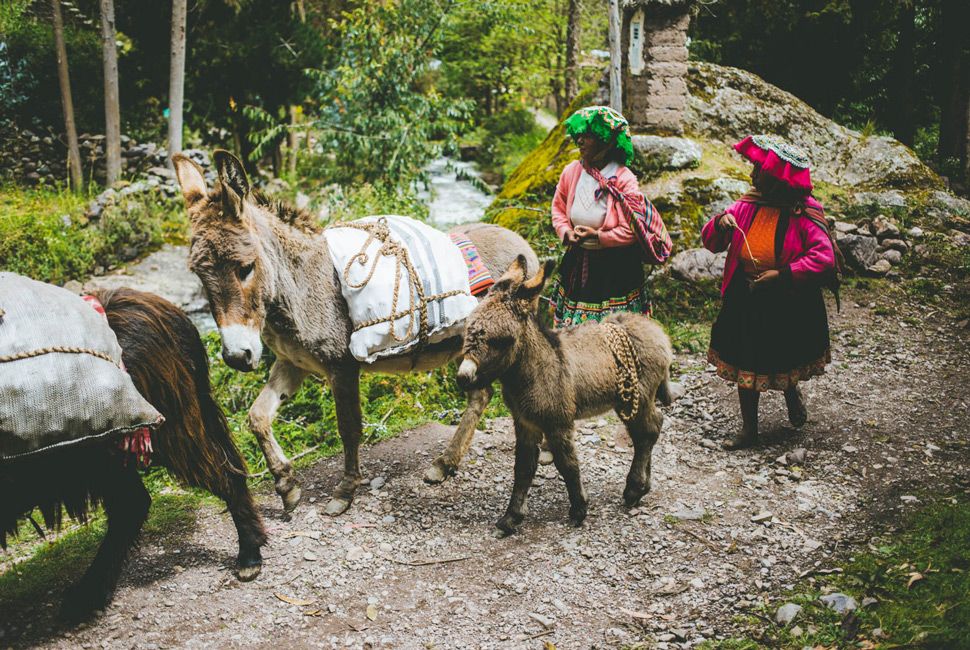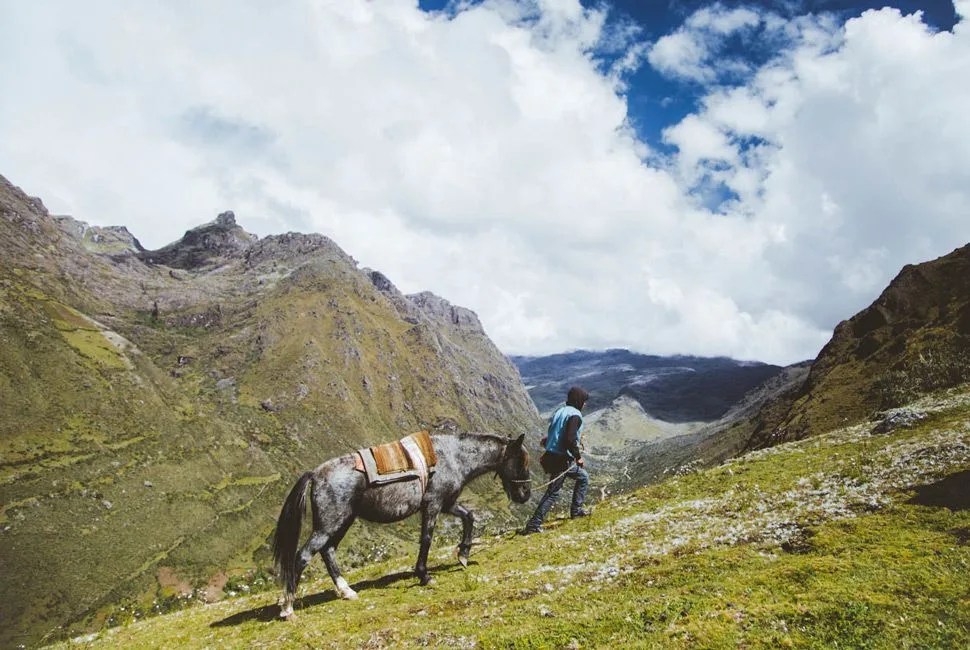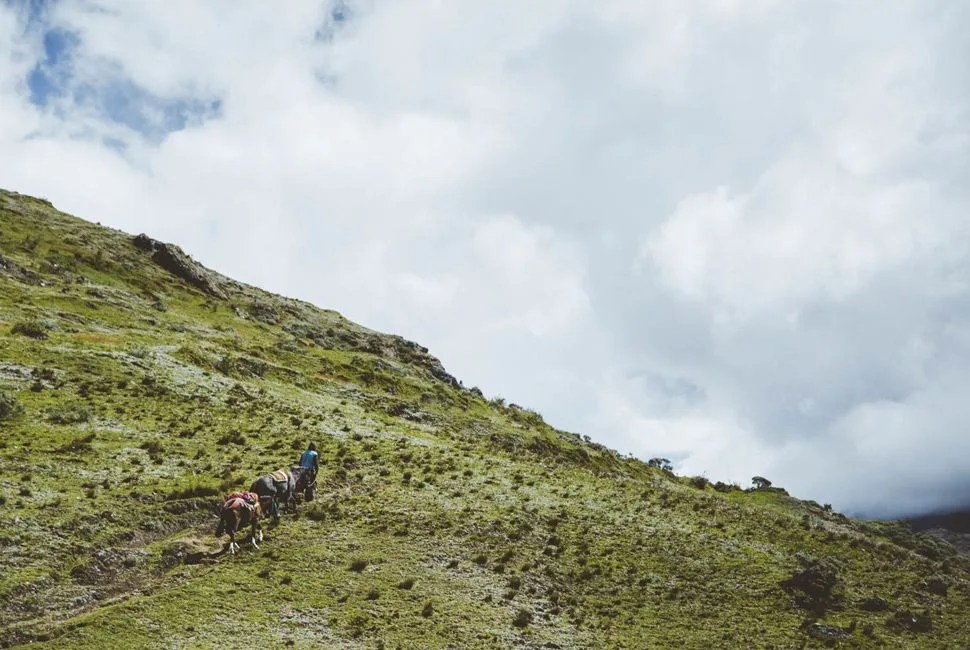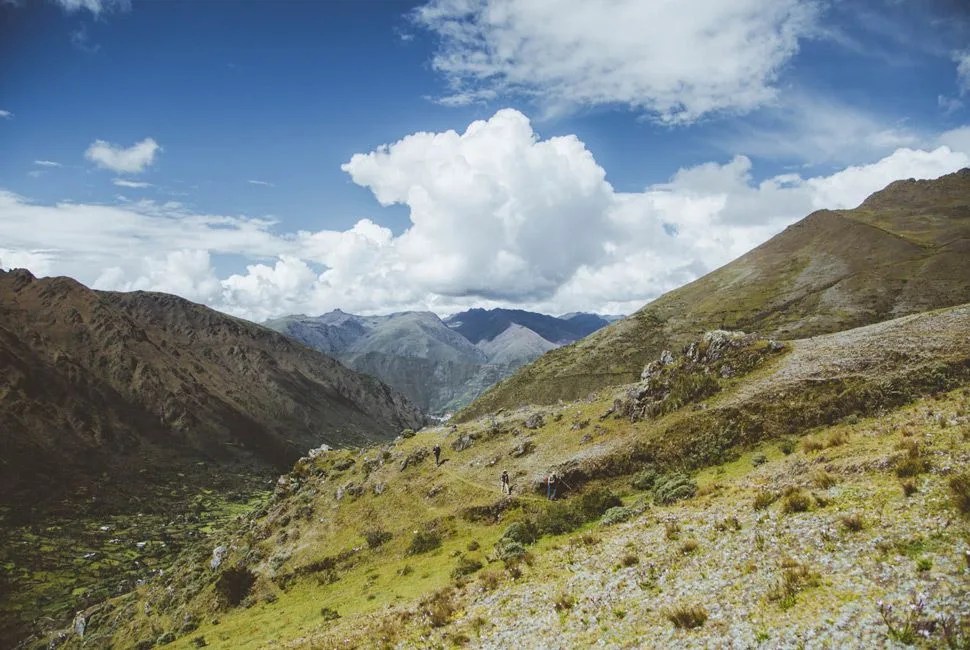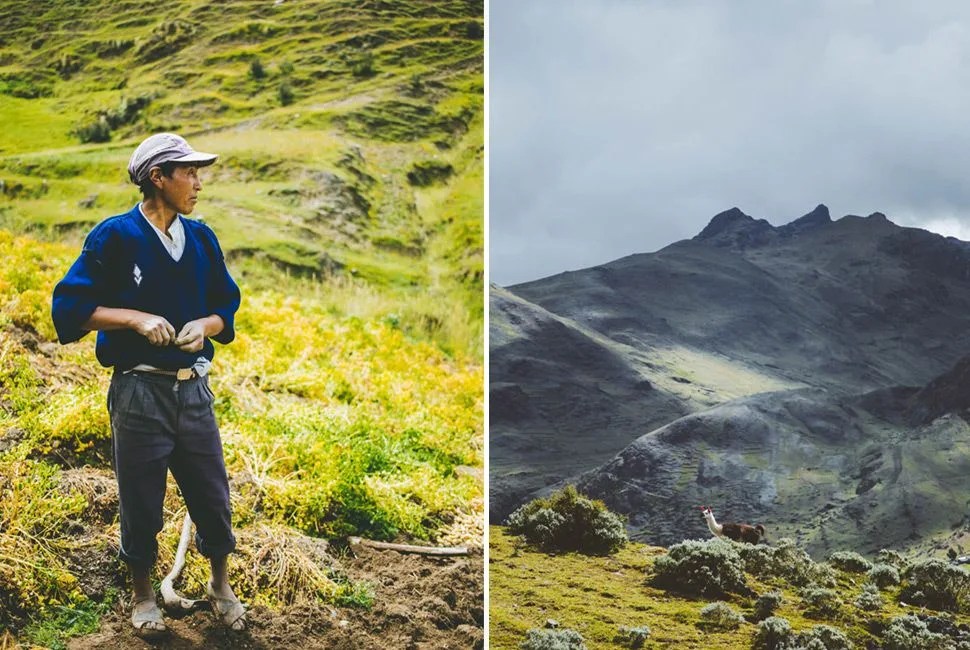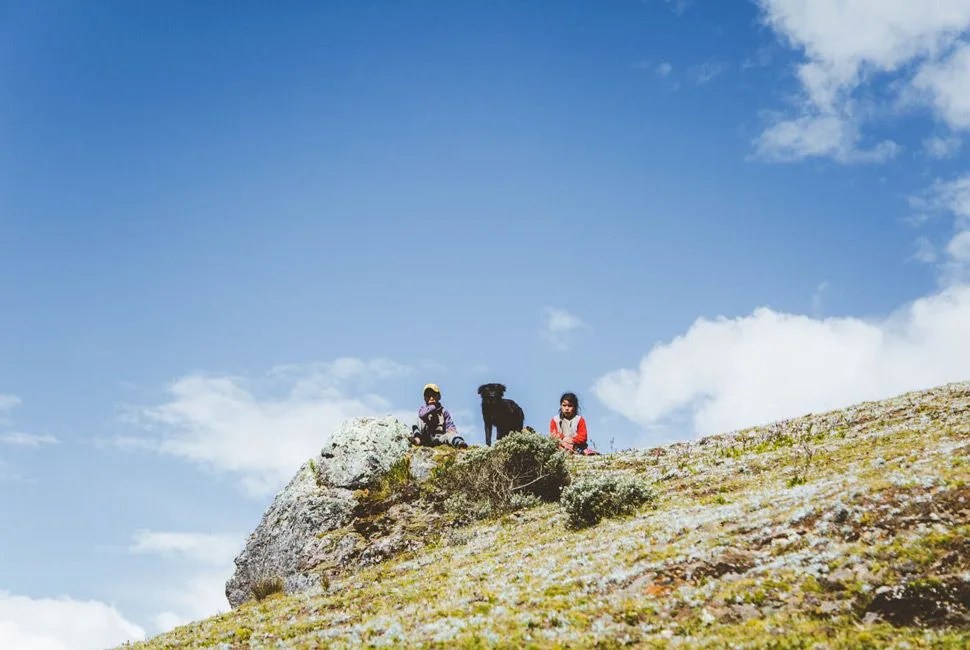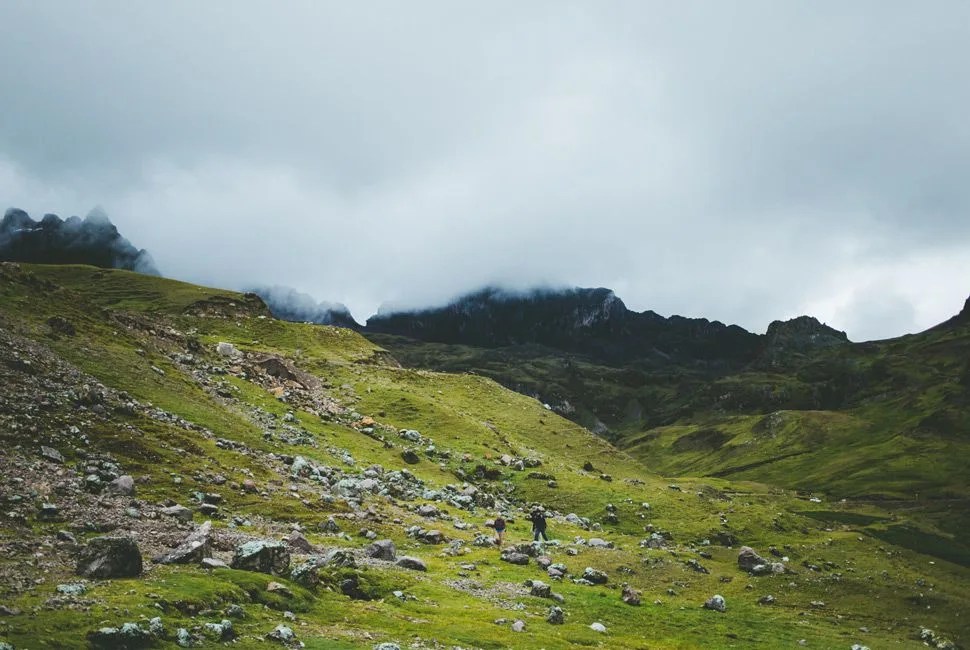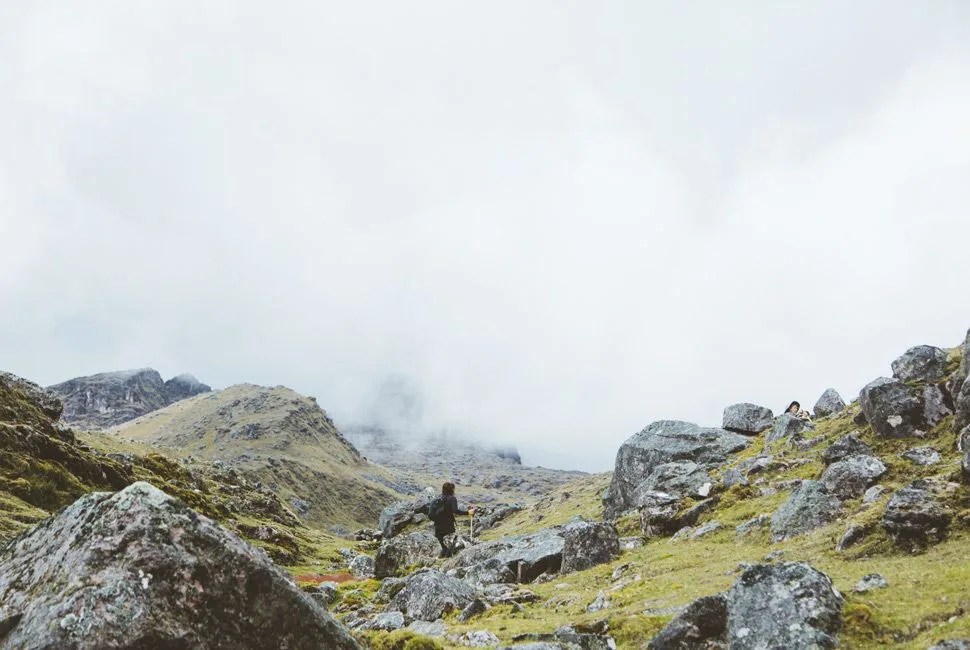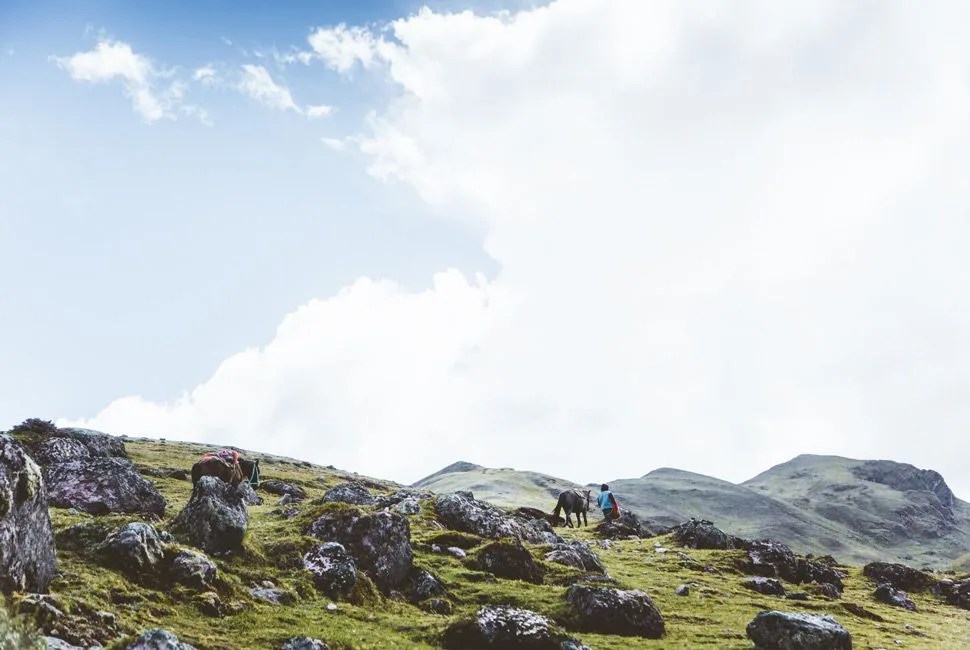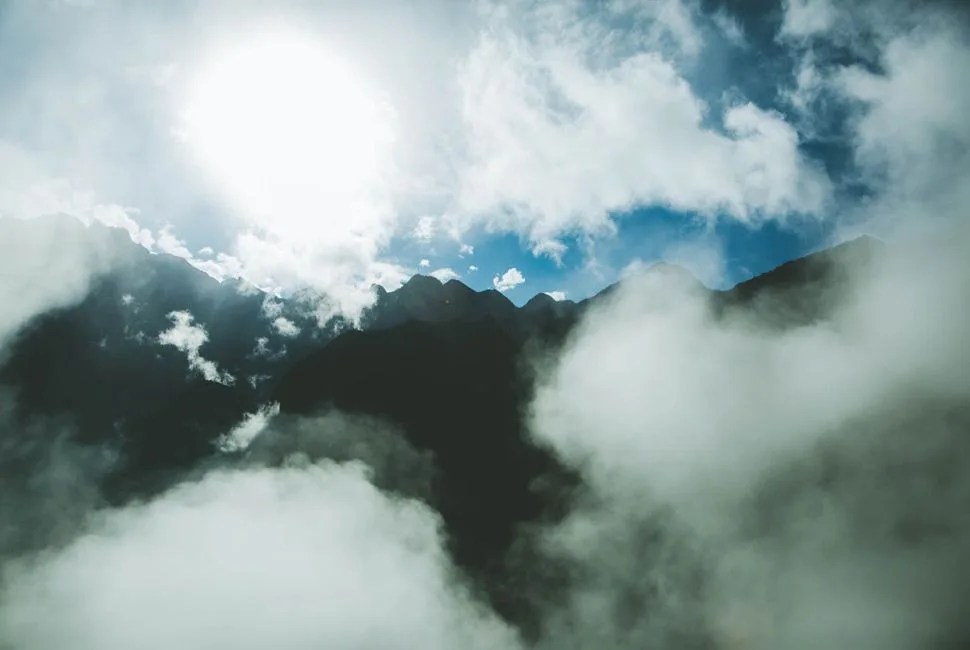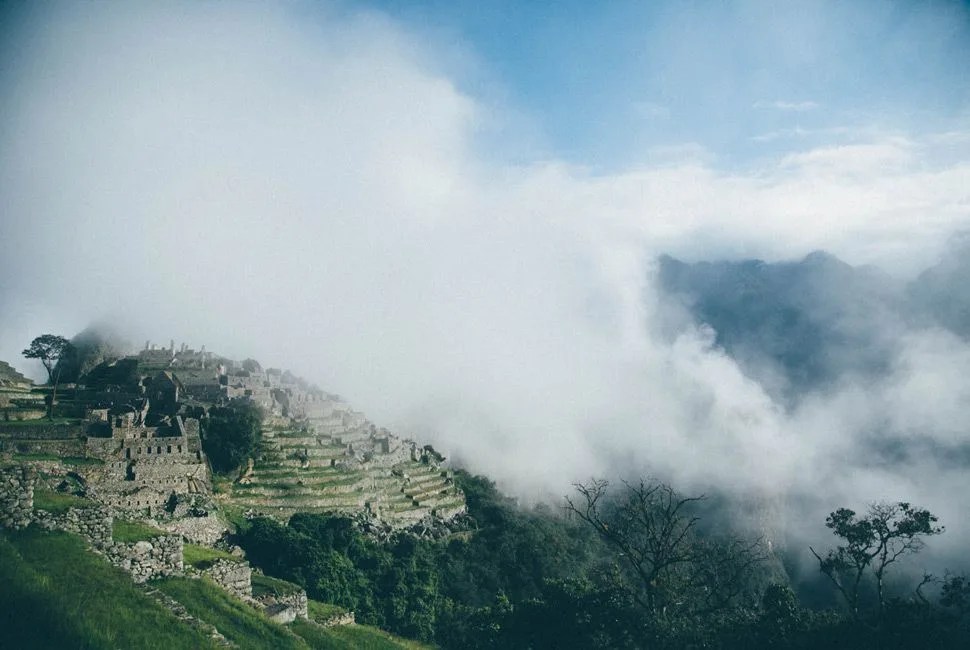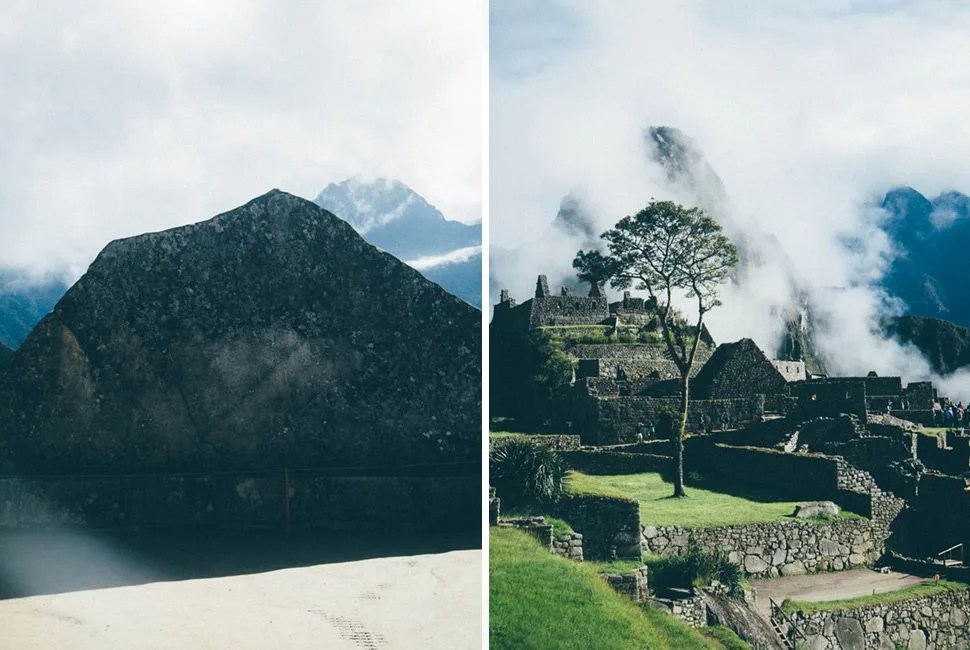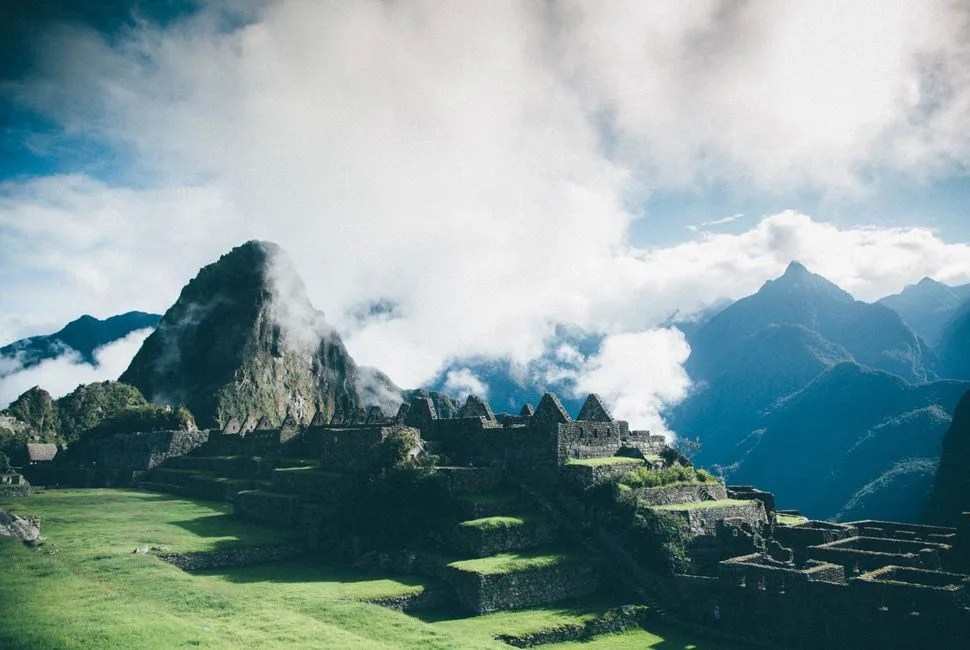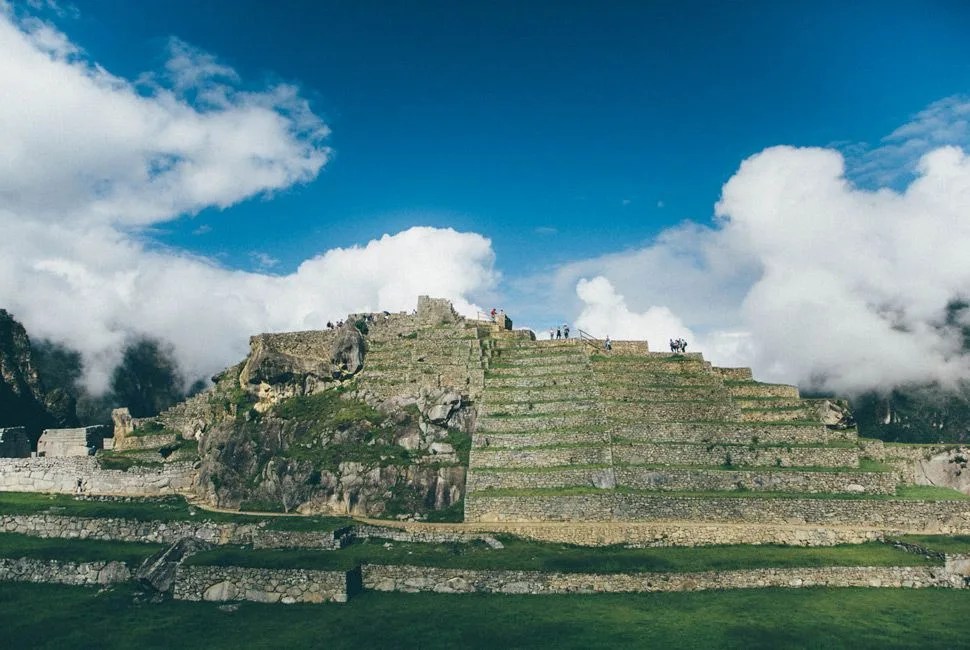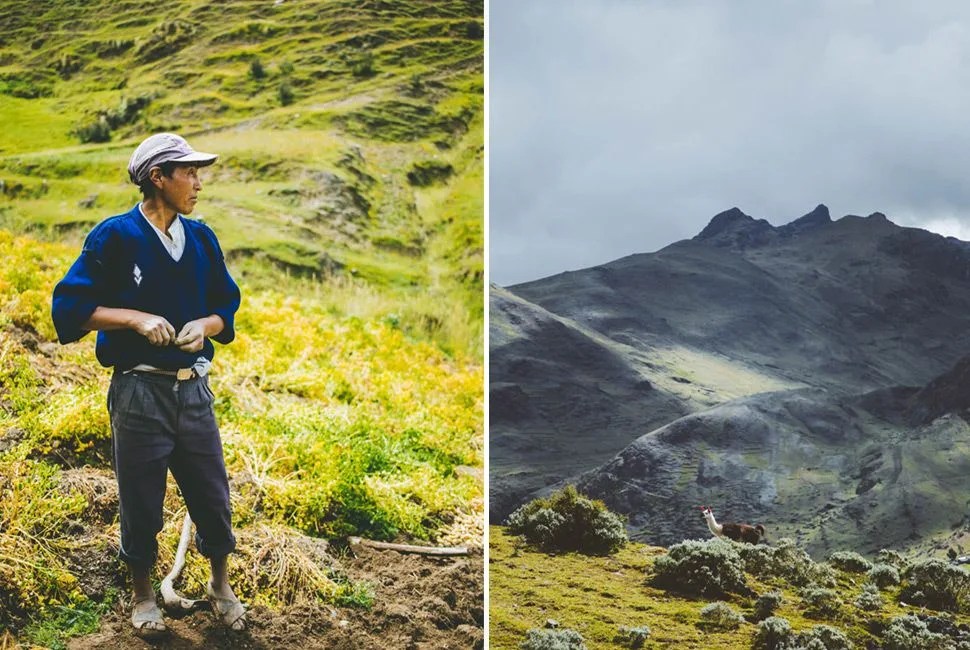31 photos
Peru’s Lares Trail is the road less traveled to Machu Picchu. Outshined by the popular Salcantay and Inca trails, Lares is the cultural cousin to Peru’s prized twins, and Lares offers what other treks don’t: It reveals the hidden side of Peruvian culture, where mountains are gods and the land is alive. Regarded as pachamama (mother earth), locals revere the ground that provides their livelihood and their bounty. Their life grows here, and the Lares Trail weaves trekkers through this life, creating an intimate journey with the land and its people.
The trail begins at the archaeological site of Chinchero, where colonial buildings rest on Incan foundations. Women shuffle to the day’s market, wearing hats specific to their community — a particular concave in the hat or a certain flower adorning it will differentiate women from different villages. The market is the start of the trail, and it’s good to grab provisions for the full-day hike to Huchuy Qosqo, long rumored to be the palace of the eighth Inca ruler, Viracocha.
Day Two on trail the route visits Pisac, a market hub in the Sacred Valley. Mercado Central de Pisac teems with vendors — and potatoes, of which there are 4,000 estimated varieties in Peru. The market rolls slowly to life, with locals sashaying past one another, navigating the complex aisles. From the market in Pisac, the trail continues to Viacha, a small, isolated town where artisanal potato farming is central to the economy. Traditional pachamanca meals are the norm: potatoes, meat and vegetables cooked under hot stones inside a pocket of the earth’s bed. These pachamanca meals are sacred, as they combine pacha (earth) and manka (pot) as a medium for creating sustenance.
Lares is the cultural cousin to Peru’s prized twins, and Lares offers what other treks don’t: It reveals the hidden side of Peruvian culture, where mountains are gods and the land is alive.
Next the trail enters Lares, from which the trek’s name is derived. Lares is a bustling mountain town, serving as an anchor for elections, commerce and trade. On Sundays, people migrate to the city center and men fill truck beds, then drive back through the steep, curved roads. Adjacent to Lares is Valle de Cuncani, where sheep roam untethered and young women spend afternoons corralling the animals over thin, wooden bridges.
One mountain pass separates Lares from Huacahuasi, and it requires a steep hike that rewards with a panoramic view of Lares. To reach the peak, one must scale a boulder quarry. Once on the other side, a moraine — thick with black and green mold — carries hikers into a swampy marsh. Lichen and mint serve as trail markers, and the path eventually leads to Huacahuasi.

